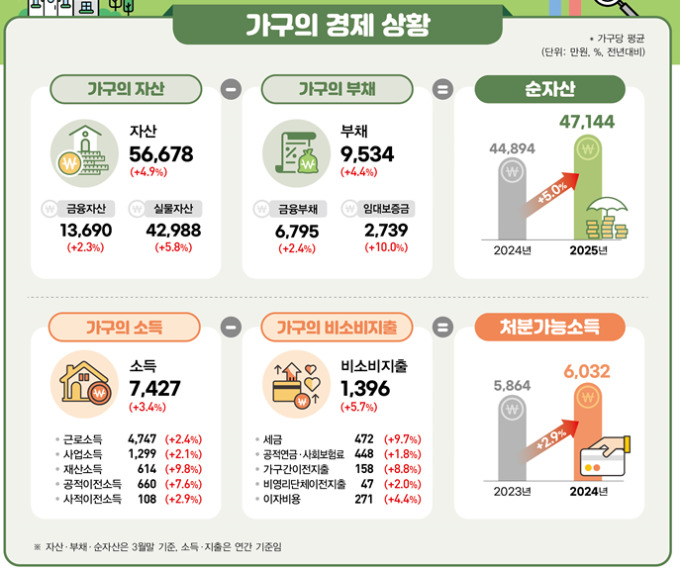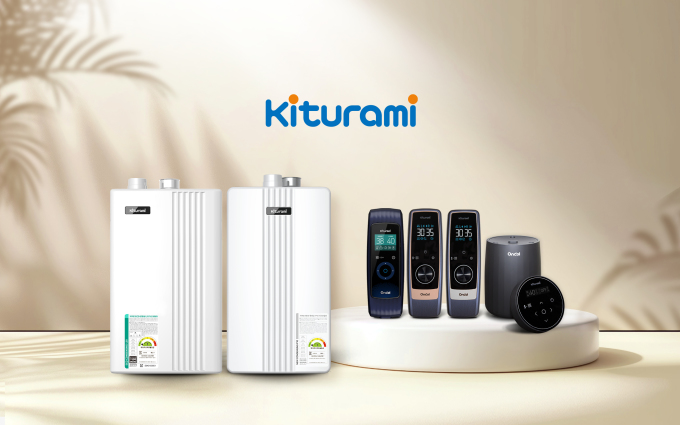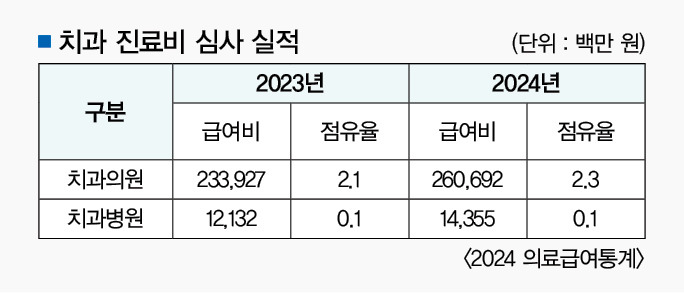
올해 여름은 평균기온과 최저·최고기온, 습도까지 더해지면서 최악의 더위로 불리는 2018년도 폭염 수준을 넘어섰다는 기상청 관측 결과가 보고됐다.
지난 8월의 전국 평균 최고기온은 33.0도, 최저기온은 24.1도로 2018년에 비해 약 1.0도 높은 것으로 나타났으며, 한 달 평균기온도 평년(25.1도)과 비교해 2.8도 높은 수준으로 측정됐다. 또한, 기상 전문가는 “상대습도가 2018년도의 76%보다 2%나 높은 78%로, 높은 기온과 습도가 하나로 합쳐지면서 국민들의 일상생활 간 체감온도는 더욱 높게 느껴졌을 수 밖에 없었을 것”이라는 의견을 제시하기도 했다.
더불어민주당 장철민 의원(대전 동구)이 한국전력공사로부터 제출받은 자료에 따르면, 올 8월 역대급 폭염 속에서도 에너지취약계층 10가구 중 3가구의 전력소비량이 전년보다 감소한 것으로 나타났다. 즉, 에너지바우처 사용 가구(약 53만 호) 중 30% 가량인 16만여 가구는 전년 동월 대비 전기사용을 줄인 것이다.
그러나 제출 자료를 자세히 들여다보면 특이한 점이 눈에 띈다. 전체 가구 중 “전년 8월 대비 전력사용량이 감소한 일반 가구는 23%로, 냉방 수요 증가에도 자발적인 전기 절약을 실천해 제한적 수준의 요금 증가율을 보인 것으로 나타났는데, 전기요금을 지원받는 ‘에너지바우처 사용 가구’가 일반 가구에 비해 평균 7%나 높게 전력사용량이 줄어든 결과가 보고된 것이다.
이러한 결과는 에너지바우처 사업이 국민기초생활보장법에 따른 수급자(장애인, 노인, 아동, 중증환자, 한부모가족, 소년소녀가장)를 중심으로 지원이 이뤄지는 에너지비용 절감 사업임을 감안했을 때, 에어컨 교체나 에너지 효율을 높일 수 있는 개별 투자·리모델링이 어려워, ‘역대급 폭염’을 맨몸으로 견디는 방식을 어쩔 수 없이 선택한 취약계층 및 가구 또한 존재할 가능성이 높음을 시사하는 것이라 할 수 있다.
이는 같은 기간 누진제 최고 단계(3단계) 요금을 적용받은 가구가 전체 가구의 40.5%(1022만 가구)에 이르며 전년 대비 전력소비량이 증가한 가구 수도 1922만 가구(76.2%)에 달하는 결과와 비교해 볼 때, 에너지 사용에서의 ‘부익부 빈익빈’ 현상이 도래하는 것은 아니냐는 우려섞인 목소리도 나오고 있다.
이와 관련해 장철민 의원은 ”기후변화가 에너지 취약계층에게 더 가혹하게 다가오고 있다“ 며, ”국정감사를 통해 취약계층의 에너지 위기 상황을 지속적으로 진단하고, 일부의 반대로 무산된 에너지바우처 예산 증액을 차년도에 반드시 이끌어 낼 수 있도록 노력하겠다“는 뜻을 밝혔다.
*아래는 위 기사를 '구글 번역'으로 번역한 영문 기사의 [전문]입니다. '구글번역'은 이해도를 높이기를 위해 노력하고 있습니다. 영문 번역에 오류가 있을 수 있음을 전제로 합니다.<*The following is [the full text] of the English article translated by 'Google Translate'. 'Google Translate' is working hard to improve understanding. It is assumed that there may be errors in the English translation.>
This summer, the Korea Meteorological Administration reported that the average temperature, minimum and maximum temperatures, and humidity combined to surpass the 2018 heat wave, which is considered the worst heat wave.
The average high temperature nationwide in August was 33.0 degrees Celsius, and the low temperature was 24.1 degrees Celsius, which is about 1.0 degrees higher than 2018. The monthly average temperature was also measured to be 2.8 degrees Celsius higher than the annual average (25.1 degrees Celsius). In addition, a weather expert suggested that “the relative humidity was 78%, which is 2% higher than 2018’s 76%, so the high temperature and humidity combined together must have made the people’s daily lives feel even hotter.”
According to data submitted by Rep. Jang Cheol-min (Daejeon Dong-gu) of the Democratic Party of Korea from the Korea Electric Power Corporation, even in the midst of the worst heat wave in history in August, 3 out of 10 households in the energy-vulnerable class saw their electricity consumption decrease compared to the previous year. In other words, 160,000 households, or about 30% of households using energy vouchers (about 530,000 households), reduced their electricity usage compared to the same month last year.
However, a closer look at the submitted data reveals something peculiar. Among all households, 23% of “general households” showed a decrease in electricity usage compared to August of the previous year, indicating that they practiced voluntary electricity conservation despite the increase in demand for cooling, resulting in a limited increase in their bills. However, “energy voucher-using households” who receive support for their electricity bills saw their electricity usage decrease by an average of 7% more than general households.
These results, considering that the energy voucher project is an energy cost reduction project that is centered on recipients (the disabled, the elderly, children, seriously ill patients, single-parent families, and child-headed households) under the National Basic Livelihood Security Act, suggest that there are vulnerable groups and households that have no choice but to endure the ‘unprecedented heat wave’ barehanded because it is difficult to replace air conditioners or make individual investments or remodels that can improve energy efficiency.
This is compared to the results of households that applied the highest progressive rate (Stage 3) rate during the same period, which reached 40.5% (10.22 million households) of all households, and households that increased their electricity consumption compared to the previous year, which reached 19.22 million households (76.2%). There are also voices of concern that the ‘rich get richer and the poor get poorer’ phenomenon in energy use is coming.
In relation to this, Rep. Jang Cheol-min said, “Climate change is coming at the energy vulnerable class more harshly,” and expressed his intention to “continuously diagnose the energy crisis situation of the vulnerable class through the state audit and make sure to increase the budget for energy vouchers, which was abandoned due to opposition from some, next year.”







